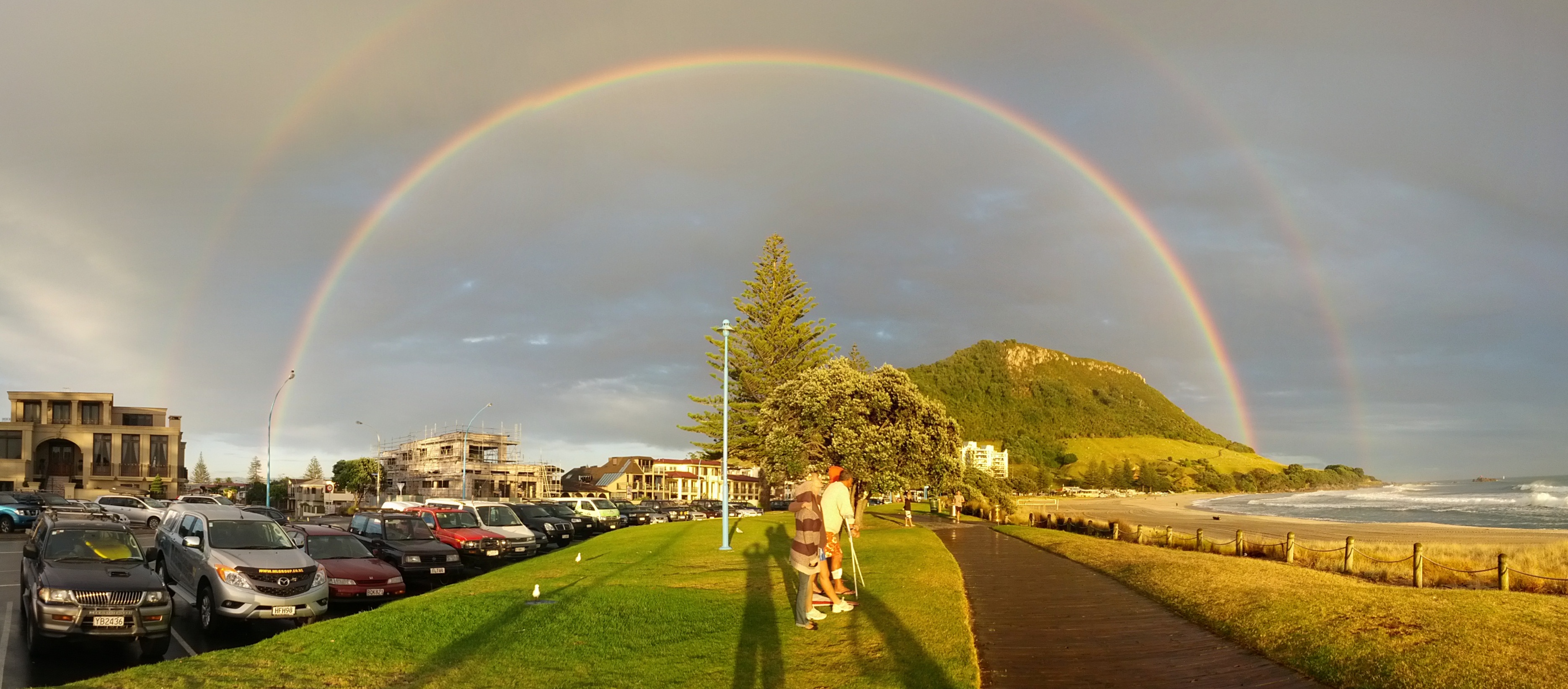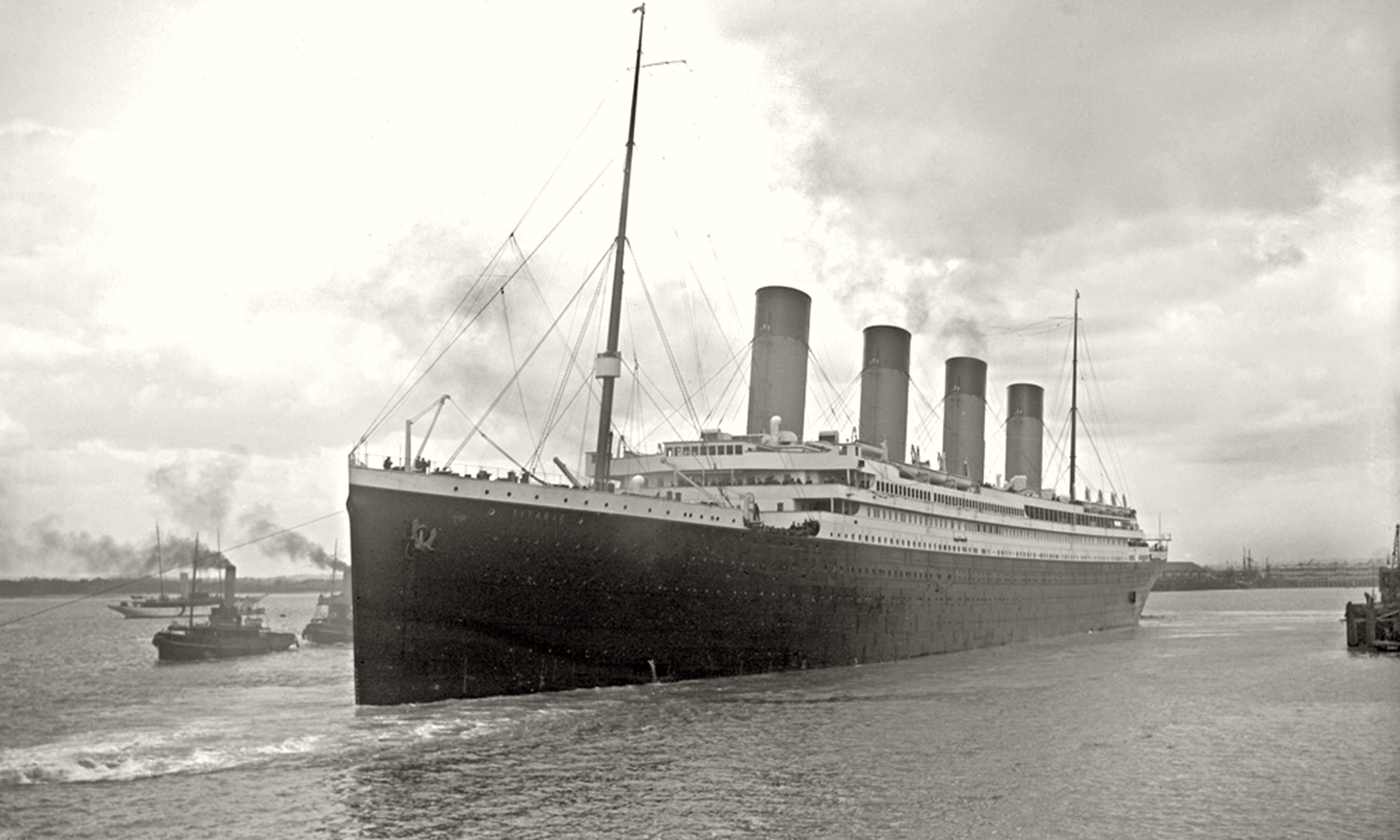10 Fun Time Comparisons That Will Make You Rethink History
Time is often perceived as a linear progression, a straightforward march from past to present to future. Yet, when we delve into history, we find that time is not as rigid as it seems. It bends and twists in fascinating ways, revealing surprising connections and juxtapositions that challenge our understanding of historical events. This exploration invites us to reconsider the timeline of history through ten intriguing comparisons that stretch our perception of time's flow. By examining these comparisons, we can uncover the malleability of time and how it shapes our understanding of the world. This journey through time's elasticity will illuminate not only the past but also our present, offering fresh perspectives on the interconnectedness of historical events.
1. Cleopatra and the Moon Landing
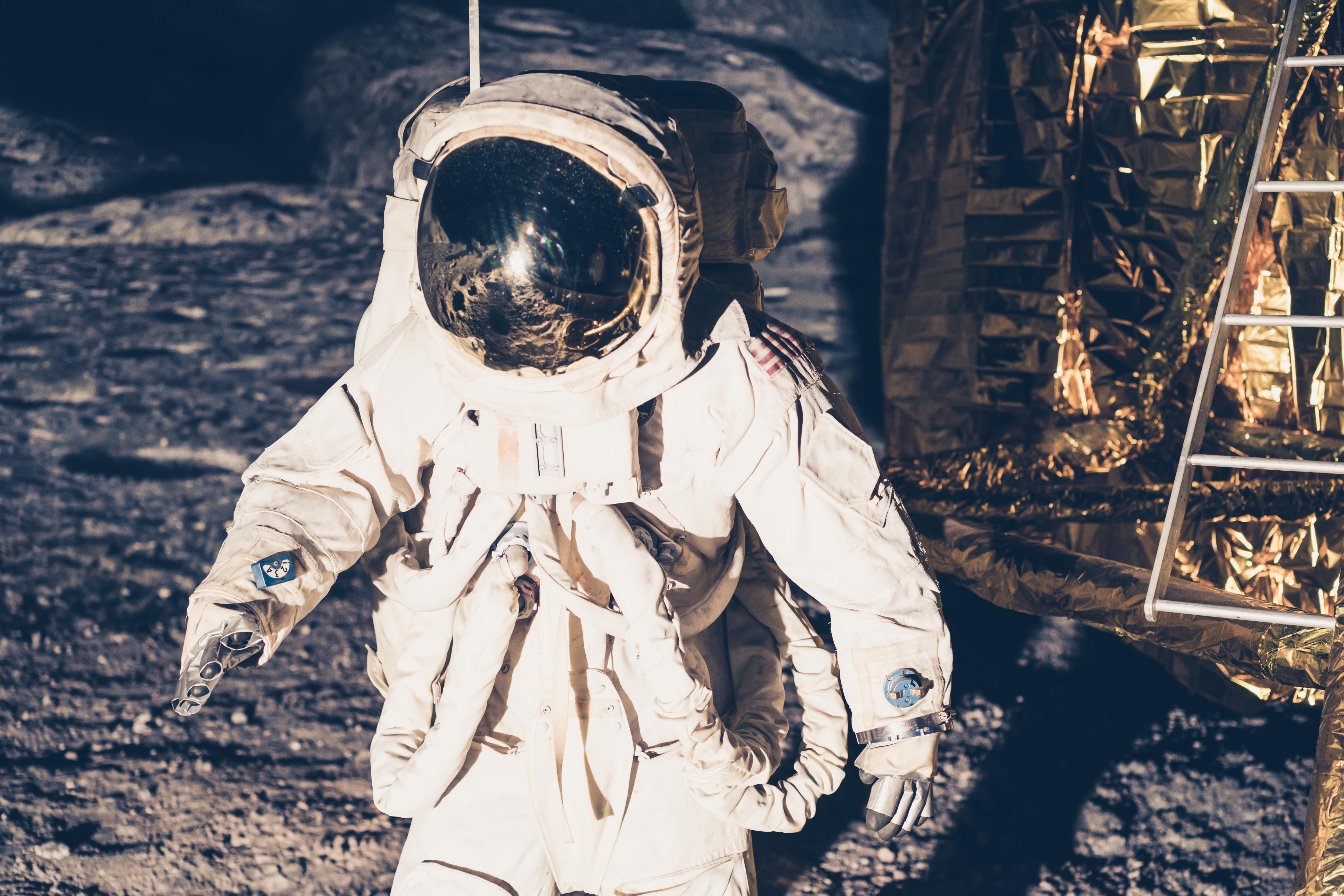
The reign of Cleopatra VII, the last active ruler of the Ptolemaic Kingdom of Egypt, feels like ancient history, while the Apollo 11 moon landing seems like a relatively recent event. Yet, Cleopatra's reign ended in 30 B.C., a mere 2,000 years before humans first set foot on the moon in 1969. To put this into perspective, Cleopatra lived closer in time to the moon landing than to the construction of the Great Pyramid of Giza, which was completed around 2560 B.C. This comparison highlights the vast stretches of time that can exist even within what we consider ancient history. It challenges us to rethink how we categorize events and to appreciate the rapid advancements in technology and exploration that have occurred in a relatively short span of time.
2. Woolly Mammoths and the Pyramids
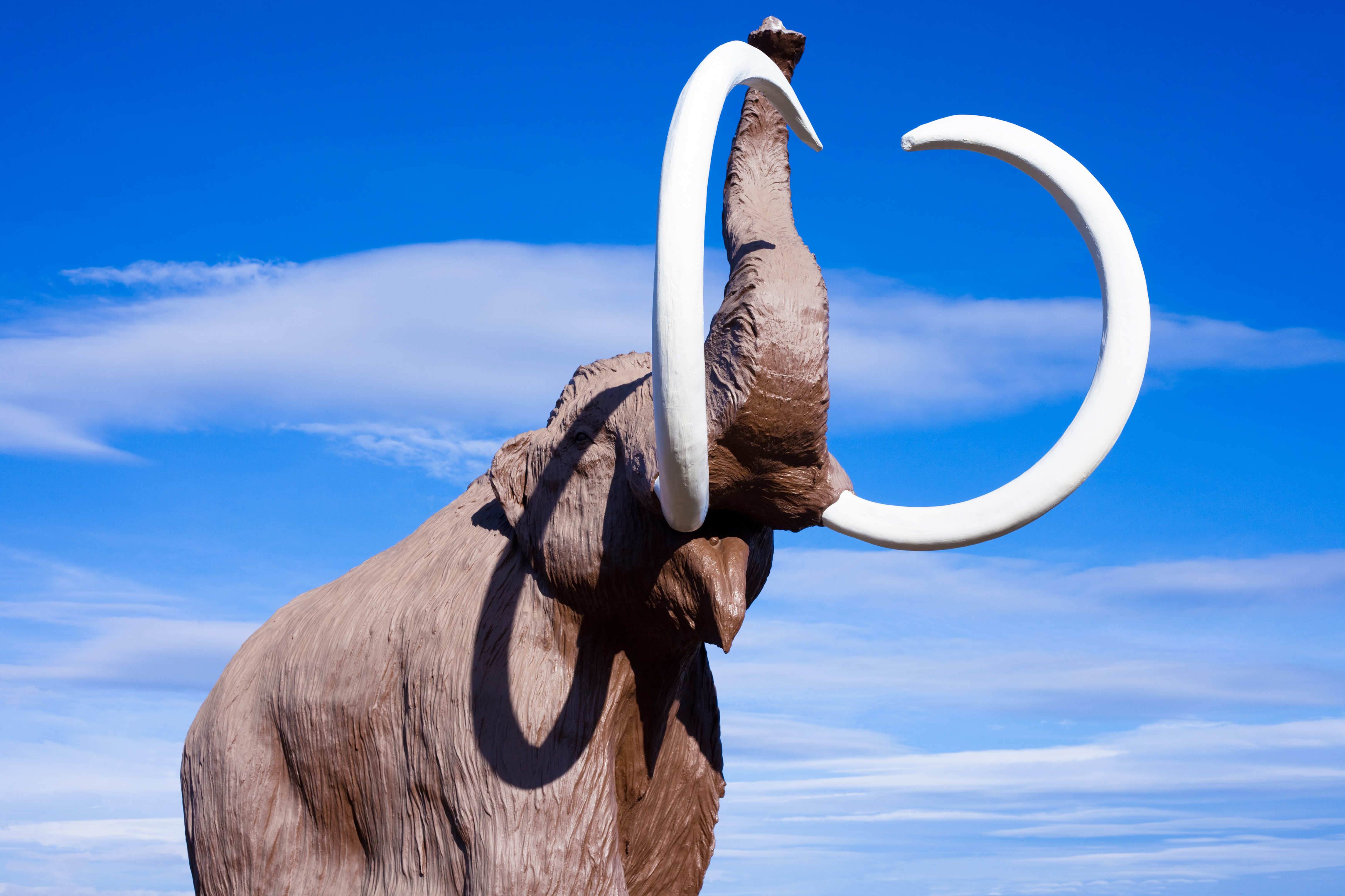
Woolly mammoths, those iconic creatures of the Ice Age, are often thought of as prehistoric animals that roamed the Earth long before the dawn of civilization. However, some populations of woolly mammoths were still alive on Wrangel Island, a remote Arctic island, as recently as 1650 B.C. This means that while the Great Pyramid of Giza was being constructed, woolly mammoths were still walking the Earth. This overlap of timelines serves as a reminder that the natural world and human history are deeply intertwined. It also underscores the idea that what we often consider as separate epochs can, in fact, coexist, revealing the complexity and continuity of life on Earth.
3. Oxford University and the Aztec Empire
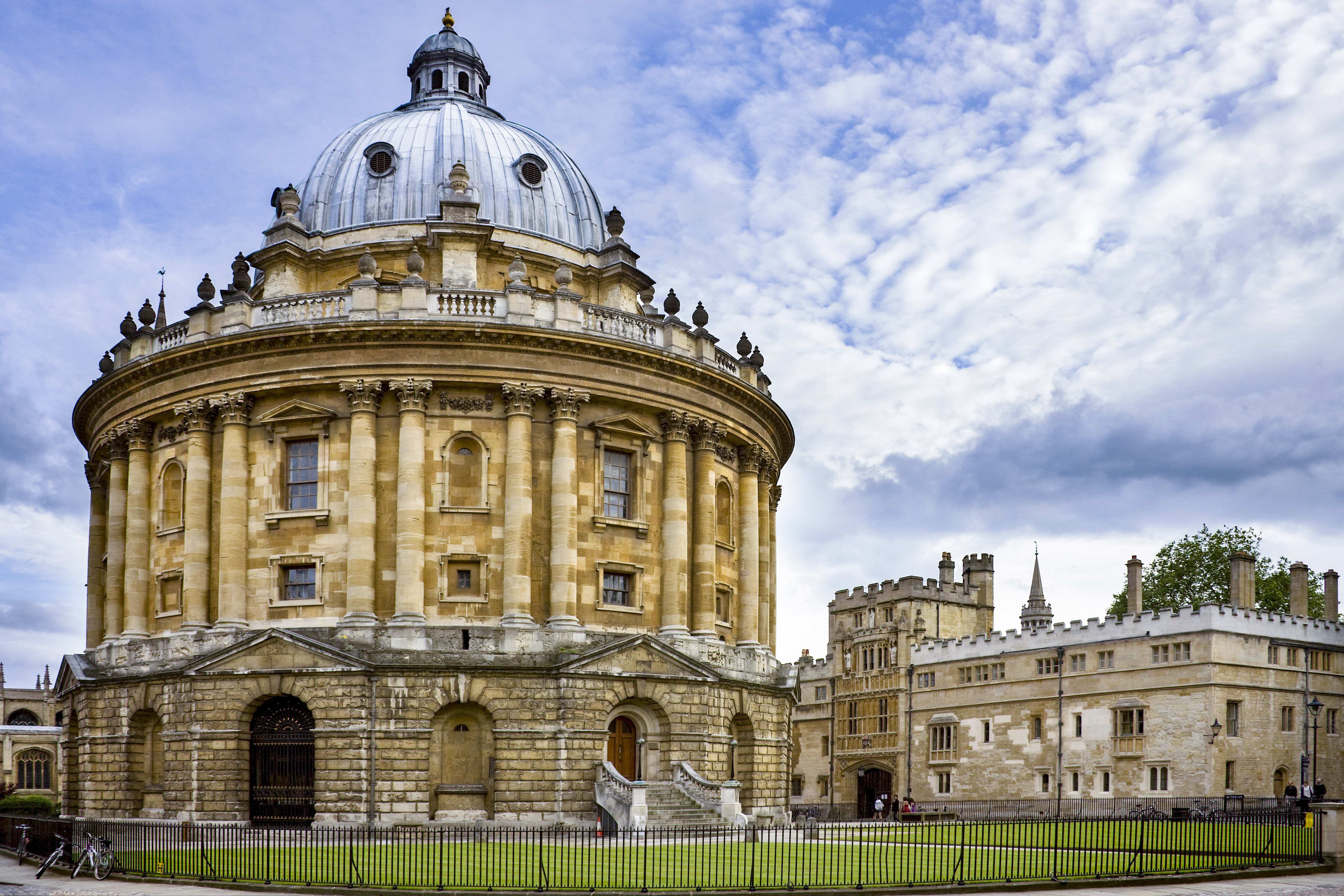
The University of Oxford, one of the oldest and most prestigious universities in the world, began teaching as early as 1096. Meanwhile, the Aztec Empire, known for its rich culture and impressive architectural achievements, was founded in 1428. This means that Oxford was already over 300 years old when the Aztec Empire came into existence. This comparison challenges the notion that the Western world was always ahead of other civilizations in terms of development and education. It prompts us to consider the diverse timelines of cultural and intellectual advancements across different regions and how these timelines intersect and influence one another.
4. The Fax Machine and the Oregon Trail

The fax machine, a staple of modern office communication, was patented by Scottish inventor Alexander Bain in 1843. Around the same time, pioneers were embarking on the Oregon Trail, a 2,170-mile historic east-west wagon route that connected the Missouri River to valleys in Oregon. The juxtaposition of these events highlights the simultaneous existence of cutting-edge technology and frontier exploration. It serves as a reminder that technological progress does not occur in isolation but often alongside other significant historical developments. This comparison encourages us to consider the multifaceted nature of progress and how different aspects of society evolve in tandem.
5. Nintendo and the Eiffel Tower

Nintendo, the Japanese multinational consumer electronics company known for its video games and consoles, was founded in 1889 as a playing card company. Just two years later, in 1887, construction began on the Eiffel Tower, which would become an iconic symbol of modern engineering and design upon its completion in 1889. This comparison illustrates the rapid pace of innovation and cultural evolution during the late 19th century. It also highlights the global interconnectedness of technological and cultural advancements, as both Nintendo and the Eiffel Tower have left lasting legacies that continue to influence and inspire people around the world.
6. The First Steam Engine and the American Revolution
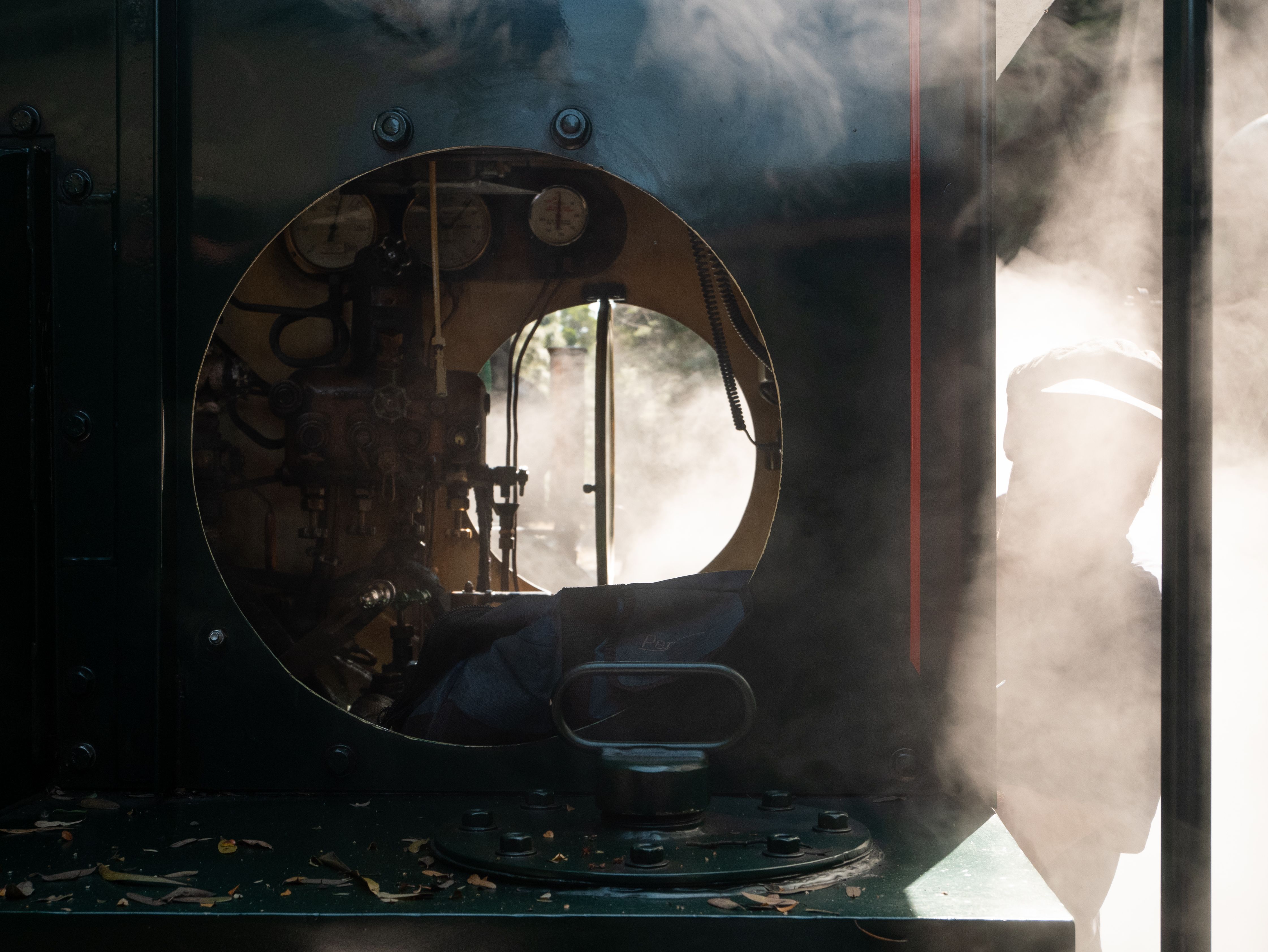
The first commercially successful steam engine, developed by Thomas Newcomen, was introduced in 1712. This groundbreaking invention laid the foundation for the Industrial Revolution, which transformed economies and societies worldwide. Meanwhile, the American Revolution, a pivotal event in the history of the United States, began in 1775, just over six decades later. This comparison underscores the profound impact of technological advancements on political and social change. It invites us to consider how innovations in one area can ripple through society, influencing events and shaping the course of history in unexpected ways.
7. Anne Frank and Martin Luther King Jr.
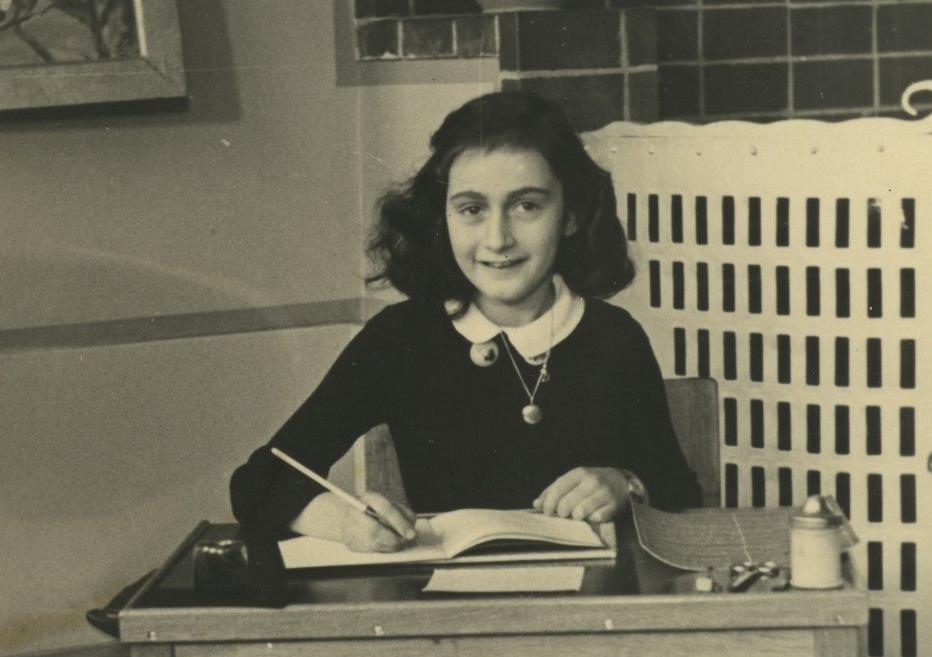
Anne Frank, known for her poignant diary documenting her life in hiding during the Holocaust, was born in 1929. Martin Luther King Jr., a leader in the American civil rights movement, was born in the same year. Both figures left indelible marks on history through their writings and activism, yet they are often thought of as belonging to different eras. This comparison highlights the overlapping timelines of significant historical figures and movements, encouraging us to consider the interconnectedness of global struggles for justice and equality. It also serves as a reminder of the enduring power of words and ideas to inspire change across generations.
8. The Last Samurai and the First Car
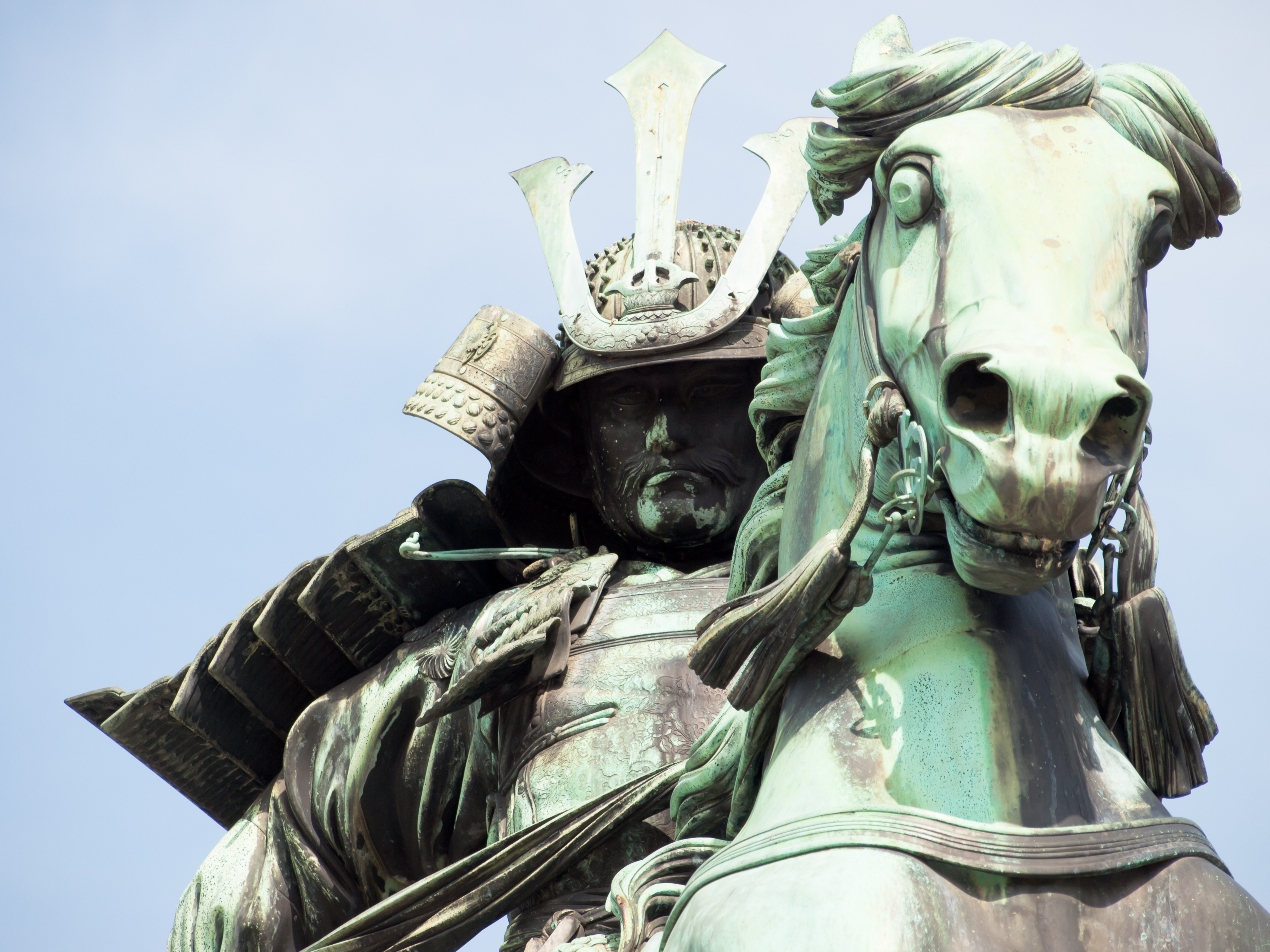
The samurai, the warrior class of feudal Japan, are often associated with ancient history. However, the last known samurai, Saigo Takamori, died in 1877 during the Satsuma Rebellion. Just eight years later, in 1885, Karl Benz built the first automobile powered by an internal combustion engine. This comparison underscores the rapid transition from traditional to modern societies that occurred during the late 19th century. It challenges us to consider how cultural and technological shifts can occur within a single generation, reshaping the world in profound ways and altering the course of history.
9. Harriet Tubman and Thomas Edison
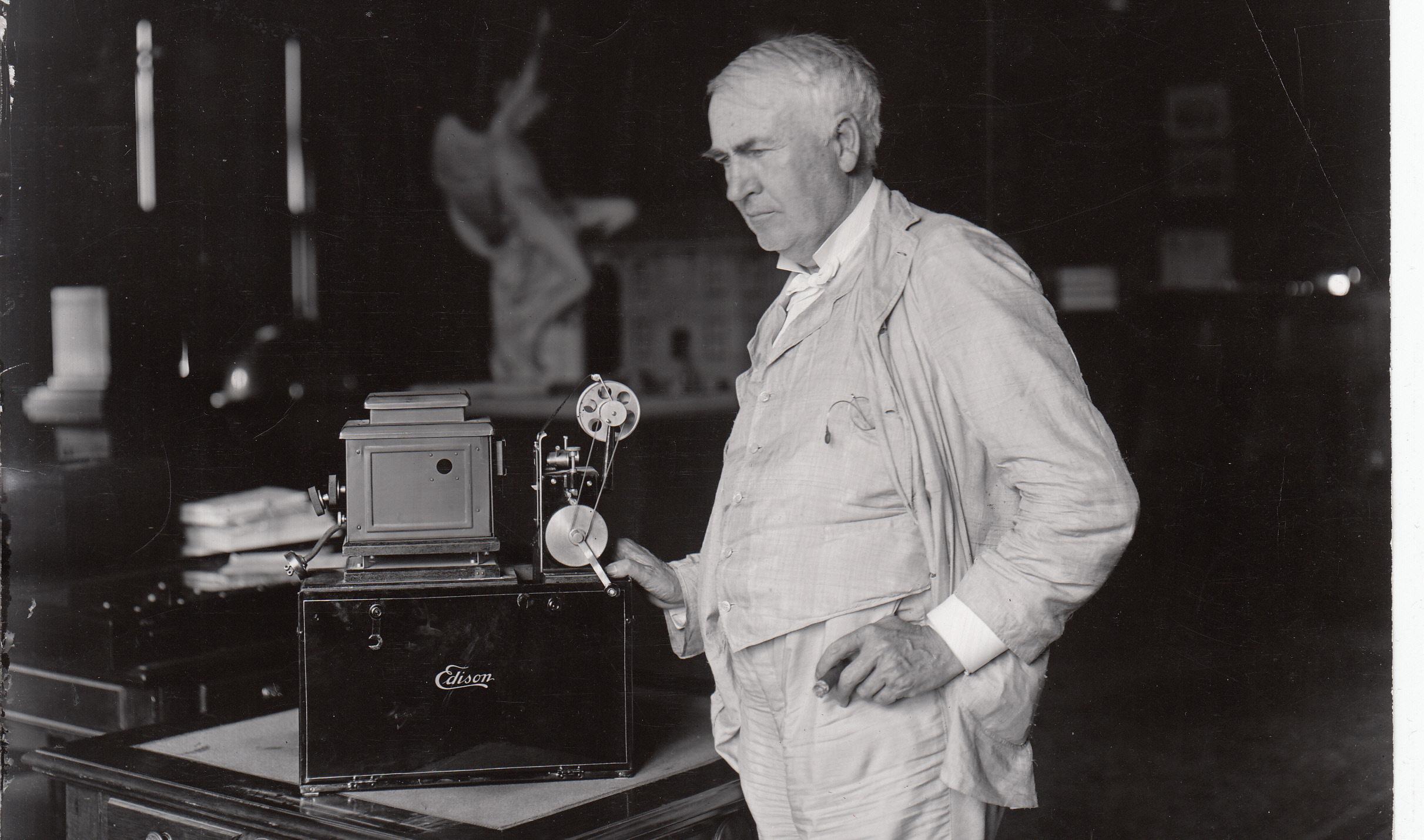
Harriet Tubman, an iconic figure in the fight against slavery, was born in 1822 and lived to see the dawn of the 20th century, passing away in 1913. Thomas Edison, renowned for his inventions such as the phonograph and electric light bulb, was born in 1847 and died in 1931. Their lifetimes overlapped significantly, yet they are often perceived as belonging to different historical contexts. This comparison highlights the coexistence of social and technological revolutions, prompting us to consider how these movements influence and inspire one another. It also serves as a testament to the enduring impact of individual contributions to the betterment of society.
10. The Great Wall of China and the First University
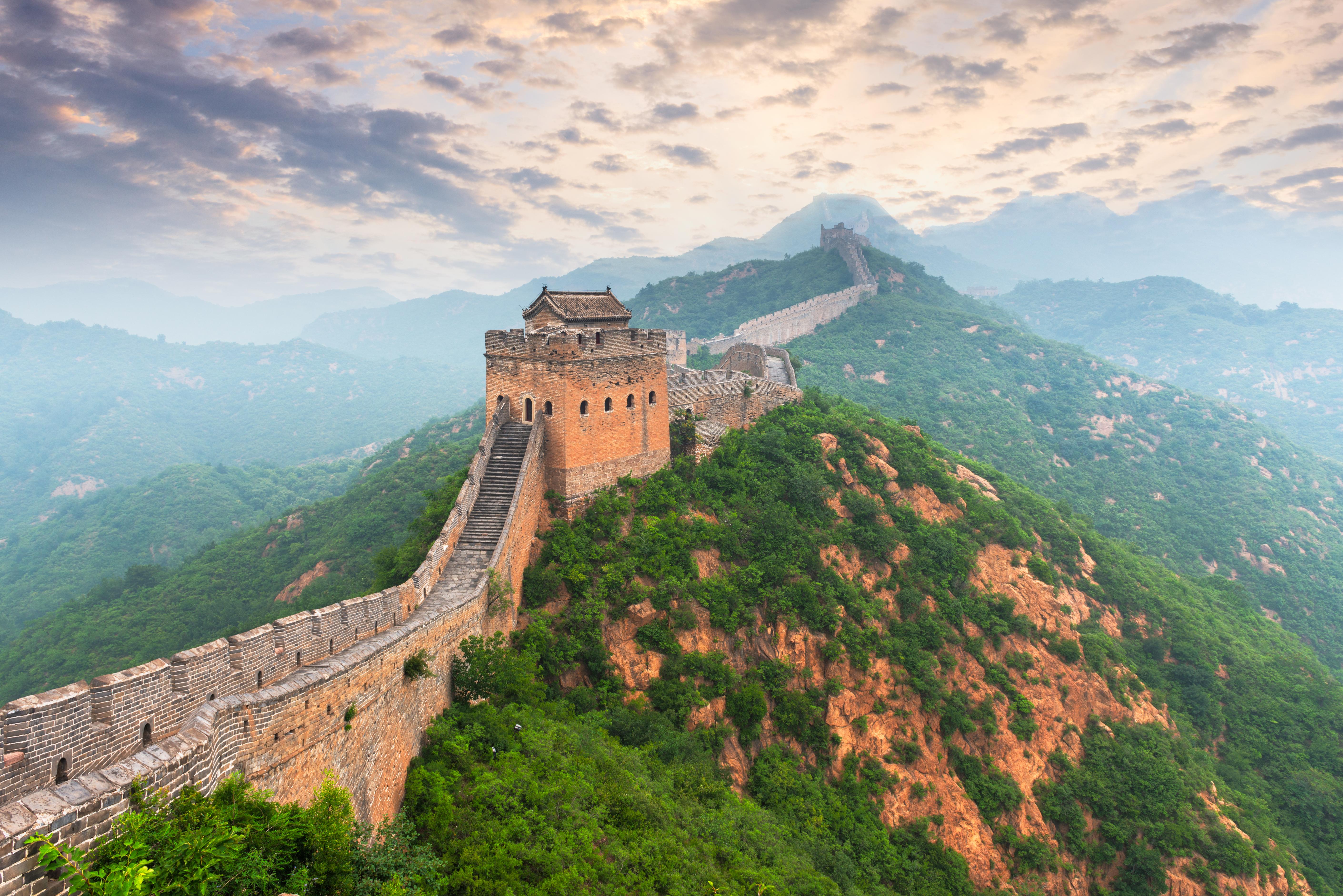
The Great Wall of China, a monumental feat of engineering, began construction in the 7th century B.C. to protect against invasions. Meanwhile, the University of Bologna, recognized as the oldest university in continuous operation, was founded in 1088 A.D. This comparison spans over a millennium, illustrating the diverse timelines of human achievement. It invites us to reflect on the enduring nature of human endeavors, whether in the realm of defense or education, and how these efforts continue to shape our world. It also highlights the importance of preserving and learning from historical legacies to inform our future.
Reimagining History's Tapestry
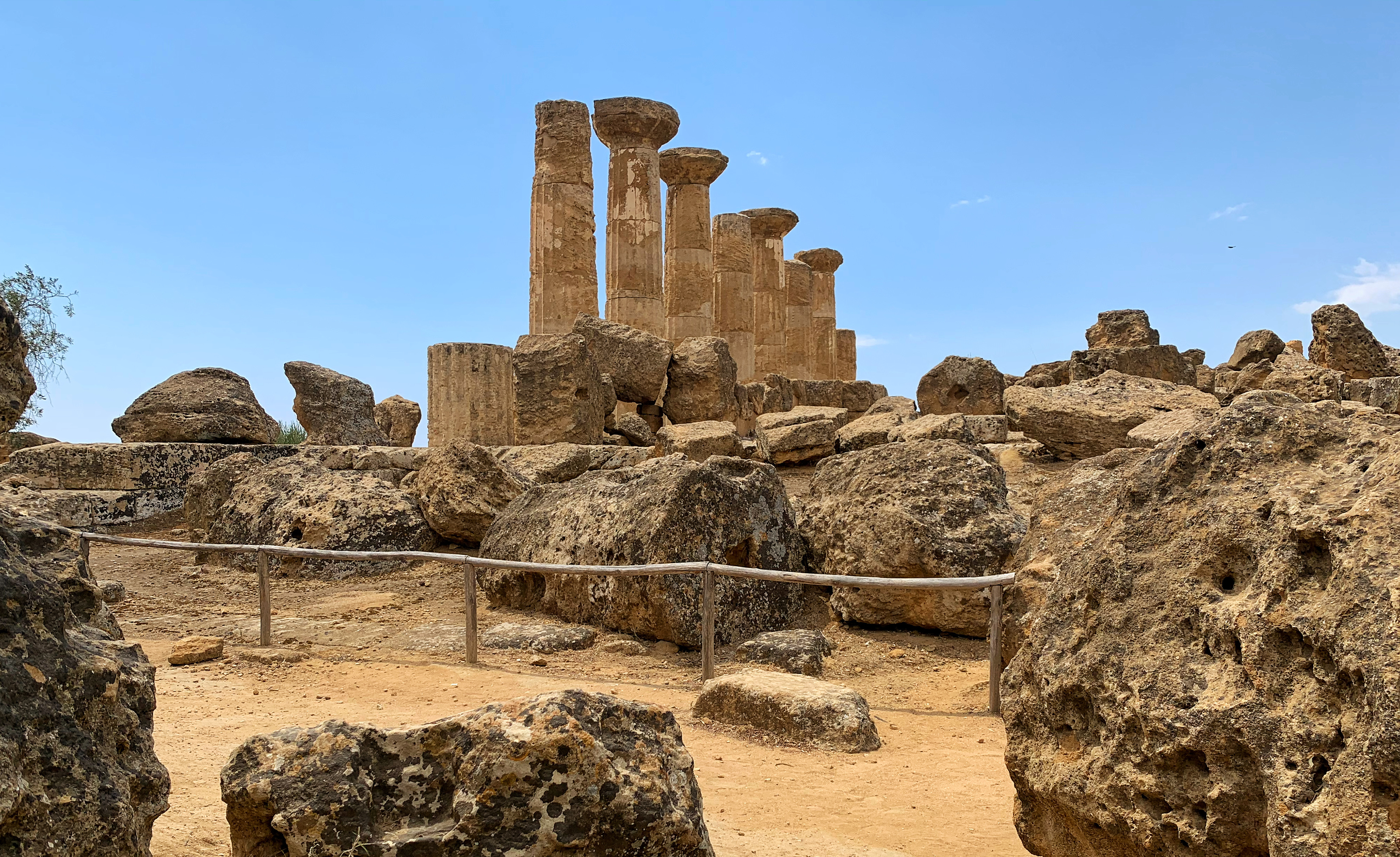
Through these 10 comparisons, we have journeyed across time, uncovering surprising connections and juxtapositions that challenge our understanding of history's timeline. These explorations reveal the elasticity of time and the intricate tapestry of events that have shaped our world. By rethinking history through these comparisons, we gain a deeper appreciation for the interconnectedness of human experience and the diverse paths of progress. This reimagining of history encourages us to embrace a more nuanced perspective, recognizing that the past is not a distant realm but a living tapestry that continues to influence our present and future. As we move forward, let us carry these insights with us, fostering a greater understanding of the complex and ever-evolving nature of time.
